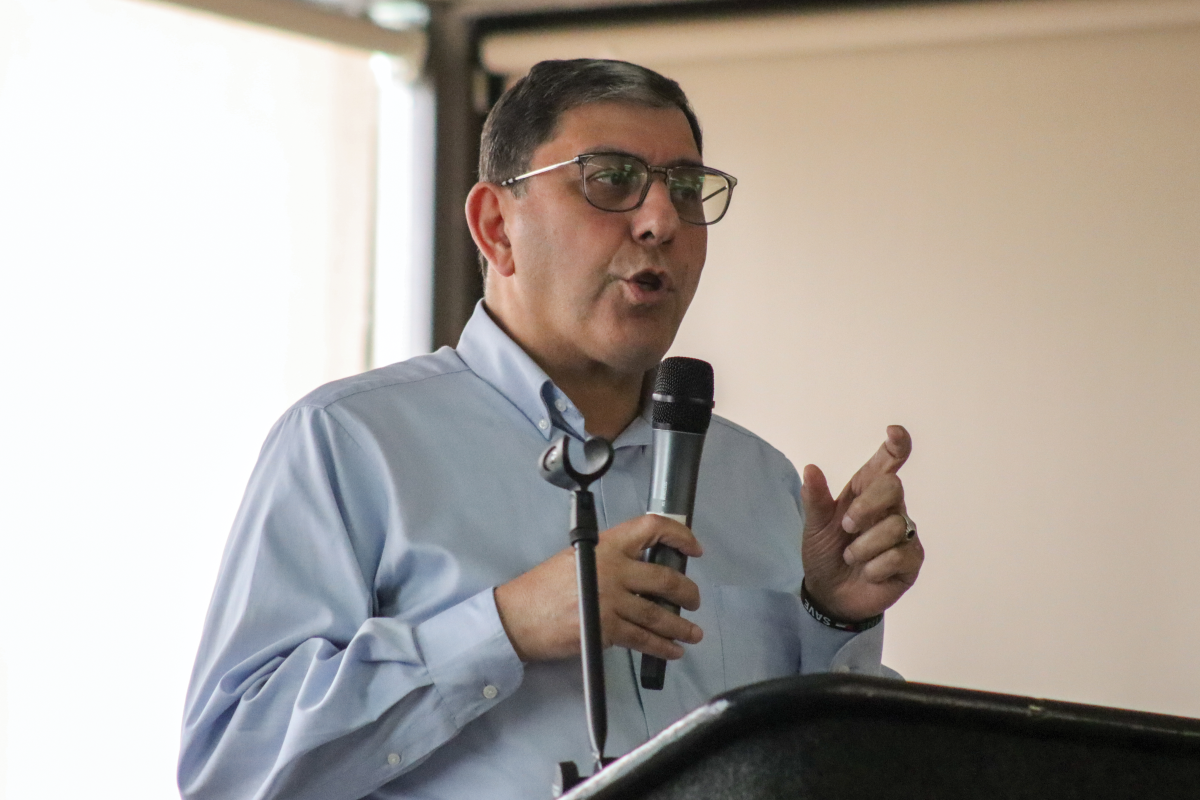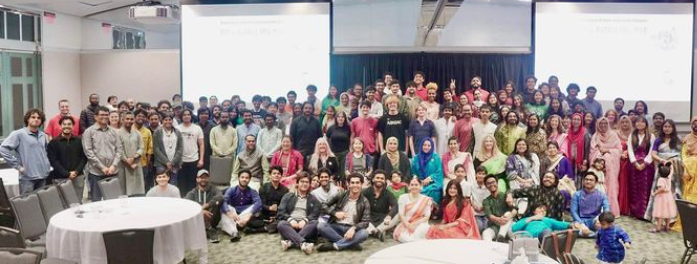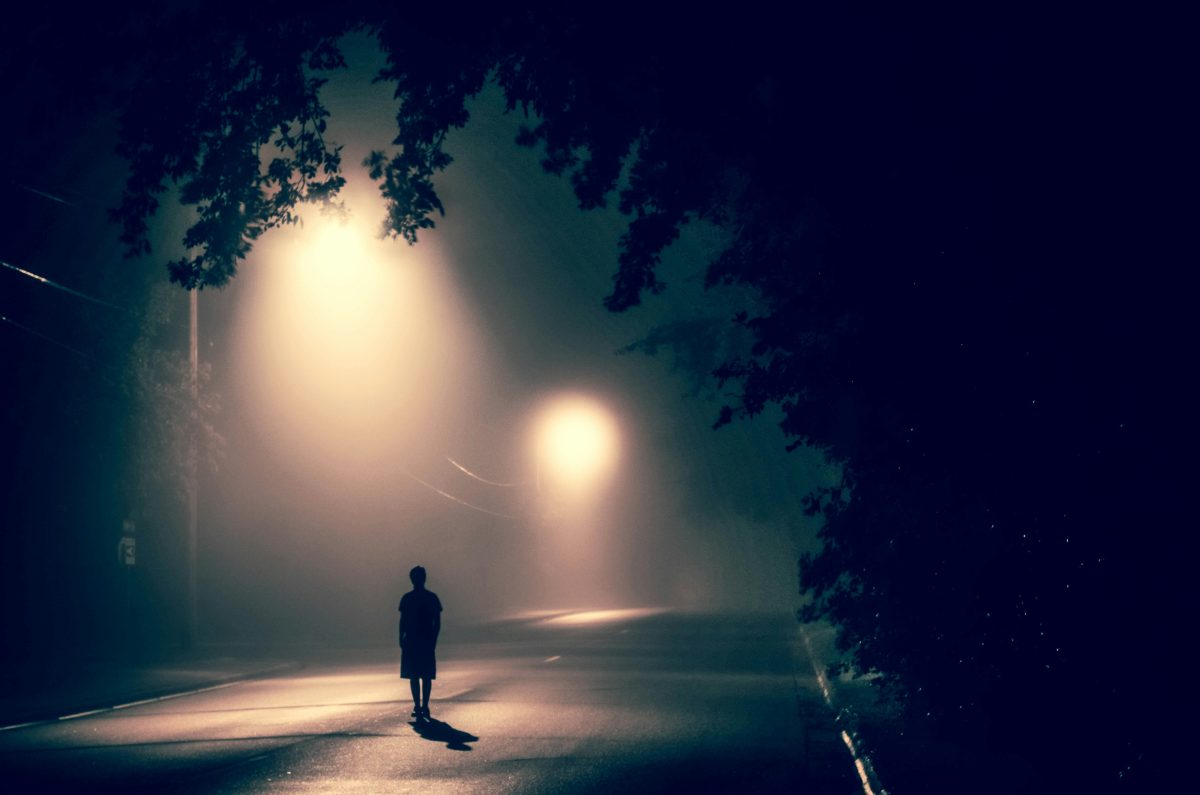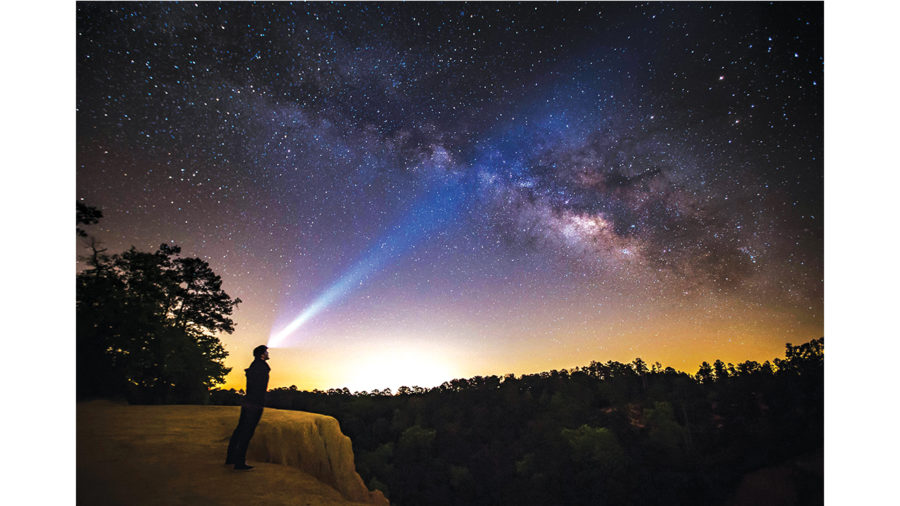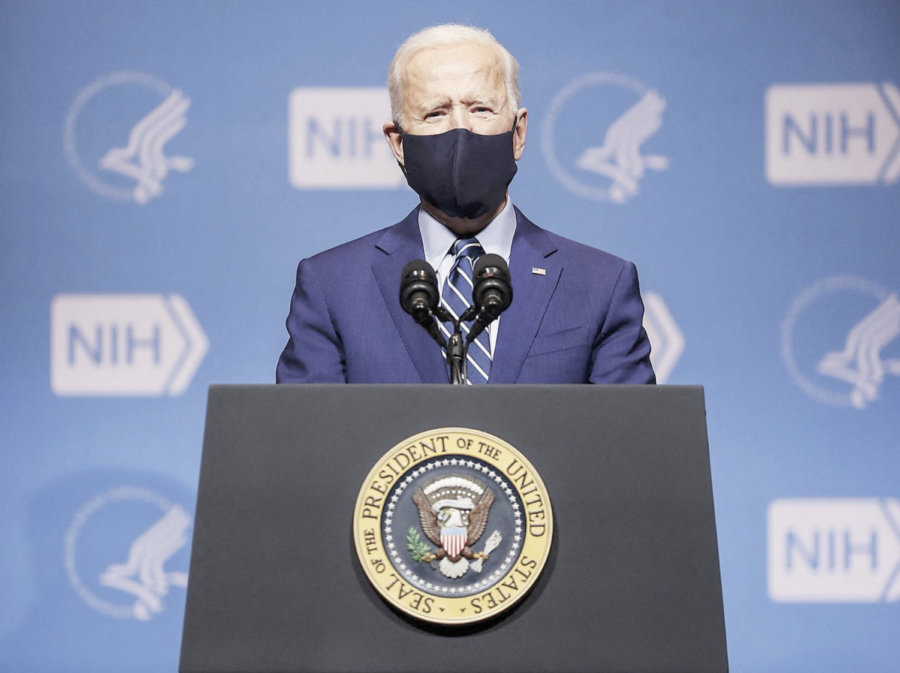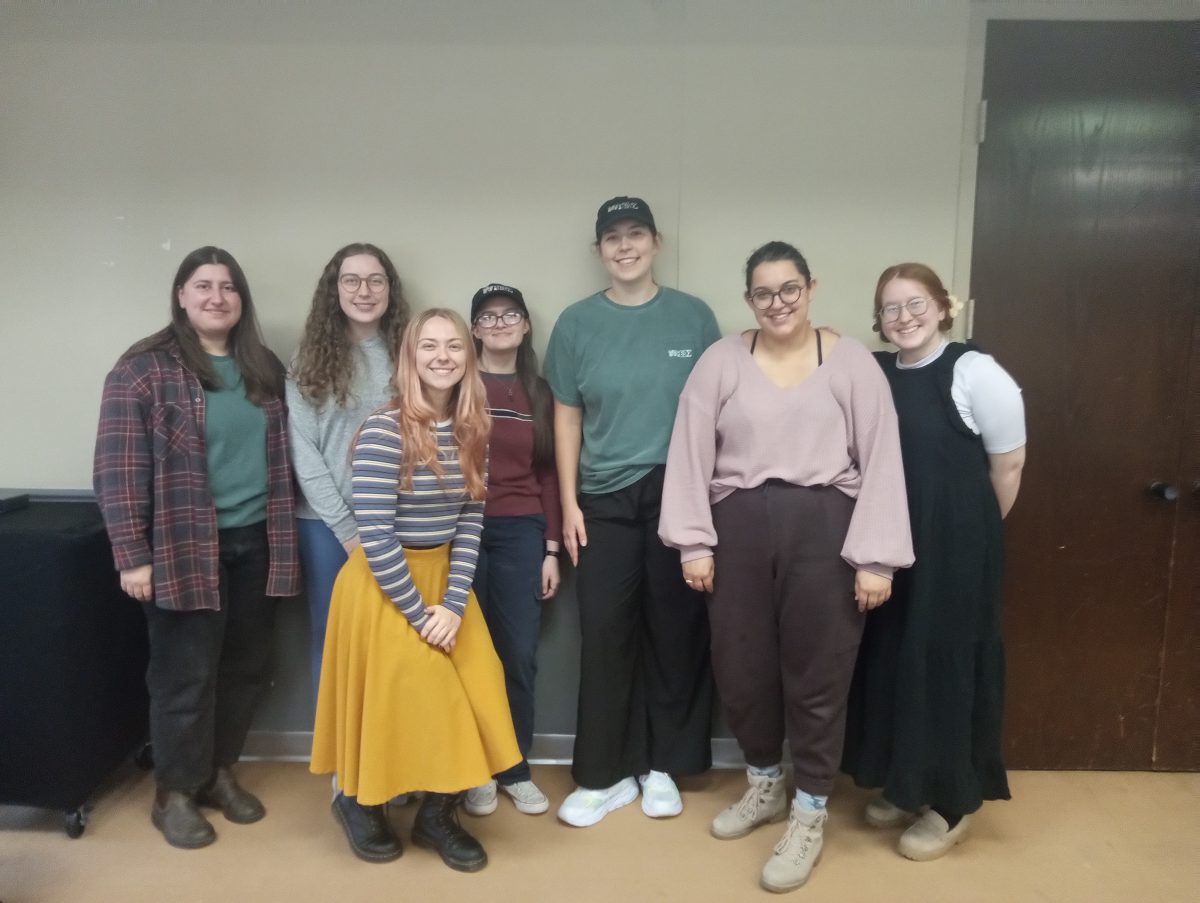Sky enthusiasts across the U.S. are eager to bear witness to a rare celestial spectacle on Monday, August 21, when, for the first time in the nation’s history, citizens will be able to observe a total solar eclipse visible from coast to coast.
According to the website “Great American Eclipse,” the last time totality crossed the nation on a similar path was June 8, 1918. On that day, an eclipse traveled across the nation from Washington State to Florida.
The 2017 eclipse is the first total solar eclipse in the continental U.S. since 1979. It will make landfall near Salem, Oregon and continue diagonally until it hits Columbia, South Carolina.
Because the totality zone is only roughly 70 miles wide, most places in the U.S. – including Hattiesburg – will experience a partial eclipse. Hattiesburg will see roughly 81.3 percent of the sun blocked at the peak, according to map obscuration data provided by NASA.
Most of Oregon, on the other hand, will experience full or near-full coverage.
USM senior chemistry major Nathan Kurtz is in the midst of a summer chemistry research program at the University of Oregon in Eugene, Oregon where over 99 percent of the sun will be blocked at the peak of the eclipse. Even so, Kurtz plans to travel to experience totality.
“It’s a once-in-a-lifetime opportunity,” said Kurtz. “We’re about a 40 minute drive from totality, but still deciding where to go so as not to get swallowed up by horrendous traffic. I’m super excited.”
However, according to AccuWeather Meteorologist Dave Samuhel, the best eclipse-viewing conditions will stretch from the interior northwest into Kansas and Nebraska. Farther west and in the southeast, clouds could spoil views.
Senior English major Lindsay Patorno is planning to travel to Gatlinburg, Tennessee to view the eclipse. As a frequent “road- tripper,” she is no stranger to stressful road conditions and is already busy packing snacks and searching for an elevated location from where she can best view the eclipse.
Also traveling are senior theatre majors Ella Embry and Morgan Wall, who plan to view the eclipse from Georgia.
“We’re going Sunday to Atlanta and then early Monday morning, we’re [heading] up to Clayton,” said Embry. “We’re planning on leaving stupid early both days so traffic there isn’t a big worry but traffic back might be.”
Embry and Wall plan to use eclipse glasses to view the eclipse.
USM physics and astronomy professor Christopher Sirola advises others to do the same.
Russell N. Van Gelder, professor of ophthalmology at the University of Washington School of Medicine and a clinical spokesman for the American Academy of Ophthalmology, told NBC TODAY that viewers who don’t exercise caution when viewing such eclipses risk permanent vision loss.
“It’s a big deal for us,” Van Gelder said about Monday’s event. “We don’t have a lot of public health issues in ophthalmology where we’re really worried about things that threaten the eye health of the population… But this is an event that really hundreds of millions of people are going to be exposed to.”
Both Van Gelder and Sirola stressed that regular sunglasses are not sufficient for viewing the sun.
Sirola also outlined some interesting phenomenas that occur only during total solar eclipses.
“The photosphere is about one million times brighter than the other outer layers of the sun, so we only get to see [it] during a total eclipse,” Sirola said. “Spectra of the photosphere show absorption lines, as light passes through relatively thin, cool gas. The chromosphere is a thin layer directly above the photosphere. The gas is hotter and thinner, which means it emits spectral lines.”
High solar activity can result in gas particles completely escaping the sun and flying off into the rest of the solar system, an occurrence Sirola said is called “solar wind.”
“Solar wind particles can be swept by the Earth’s magnetic field into the atmosphere, causing aurora,” Sirola said.
Sirola will be traveling to South Carolina to view the eclipse with family and a graduate student.
“My student and I will be working outreach events at the Roper Mountain Science Center of Greenville, South Carolina on the weekend before and the day of the eclipse itself,” he said. “I’m hoping to get some pictures through one of our department’s telescopes, too.”


